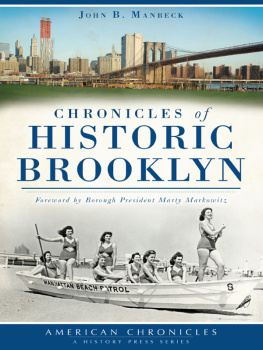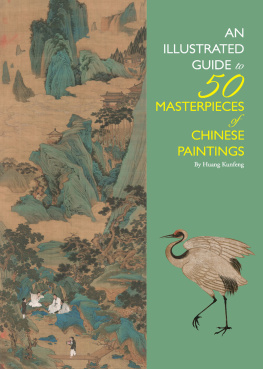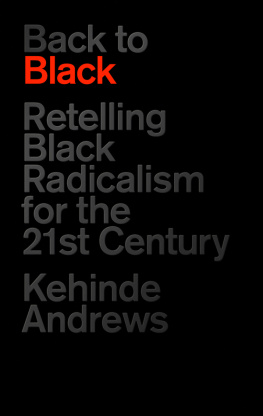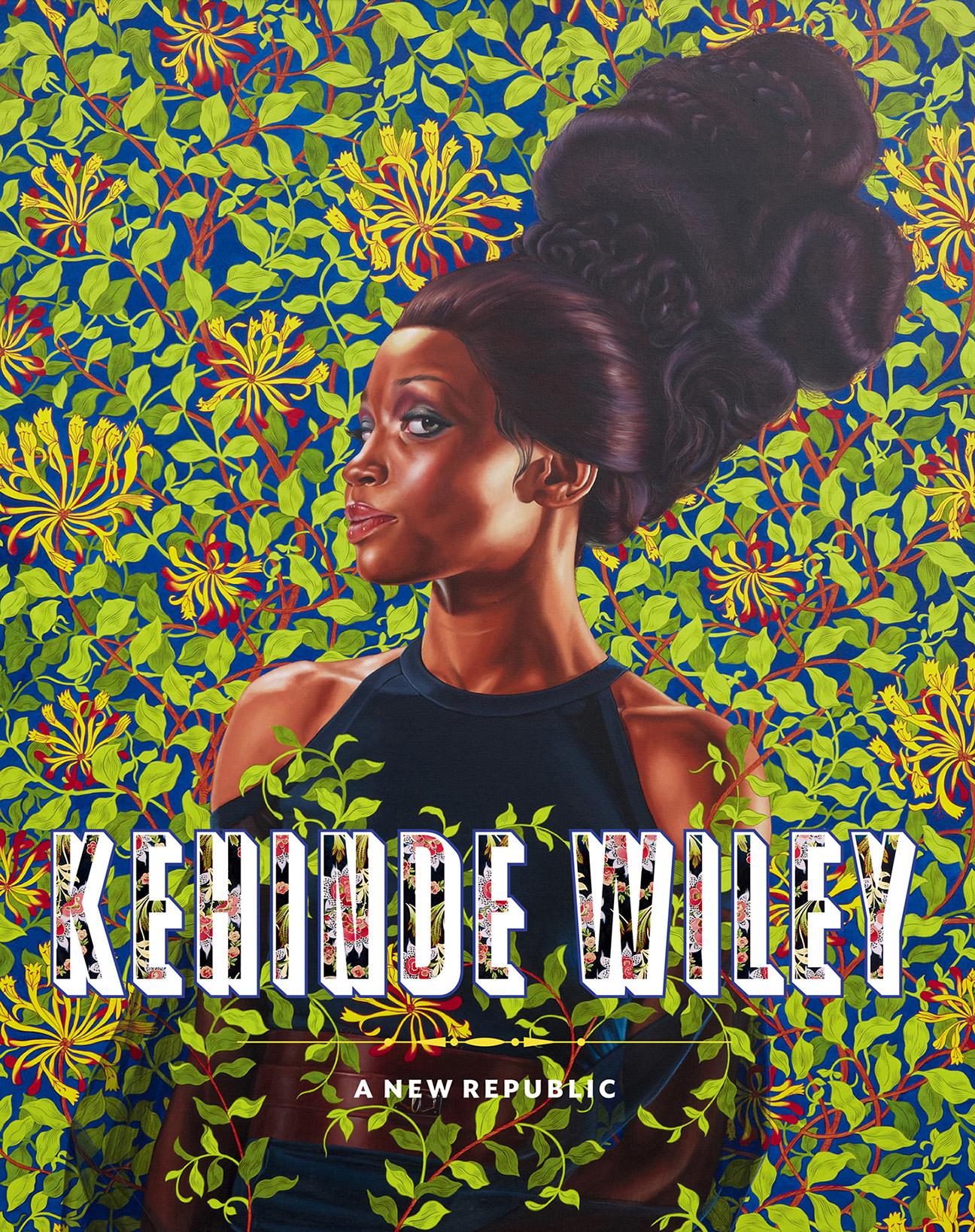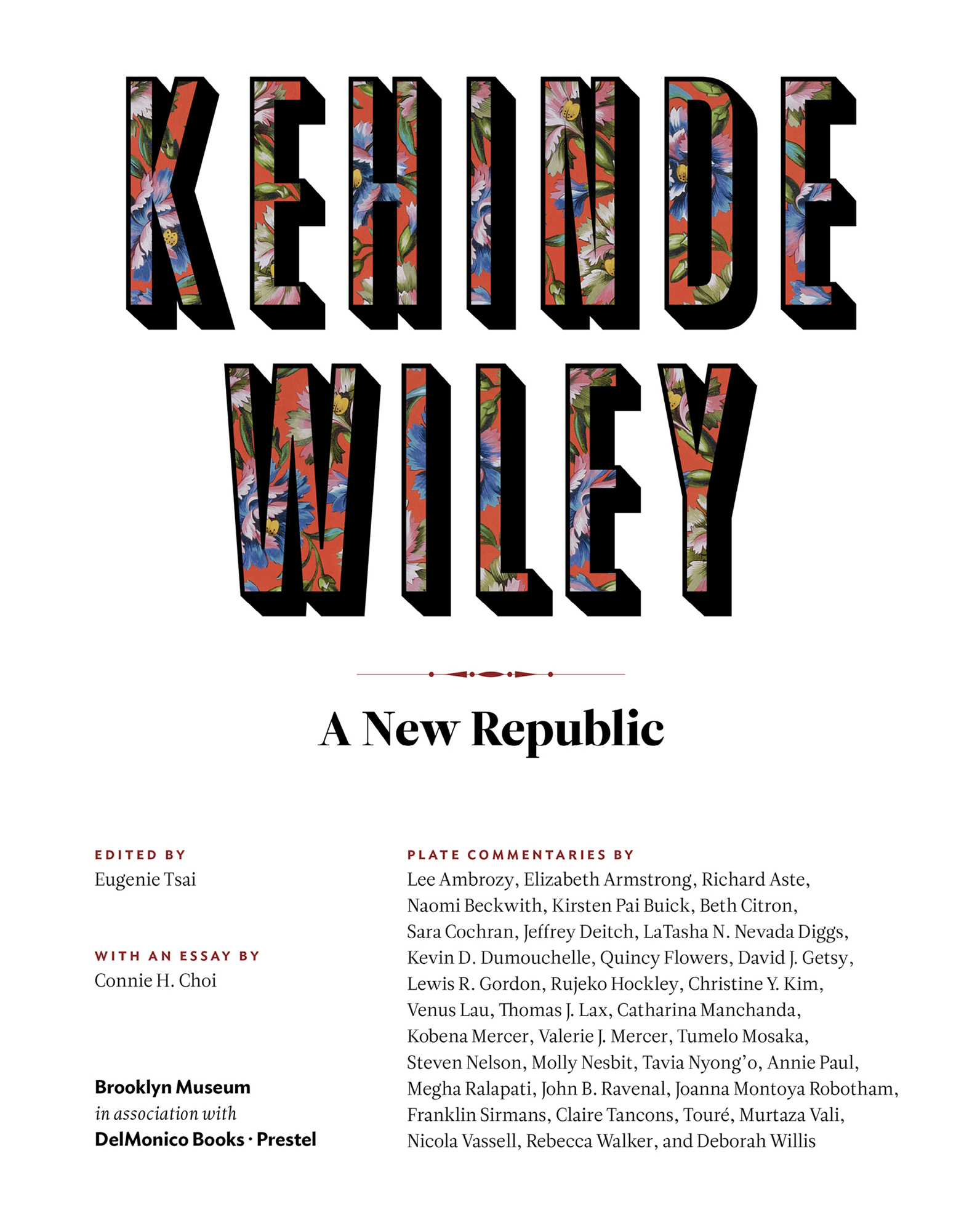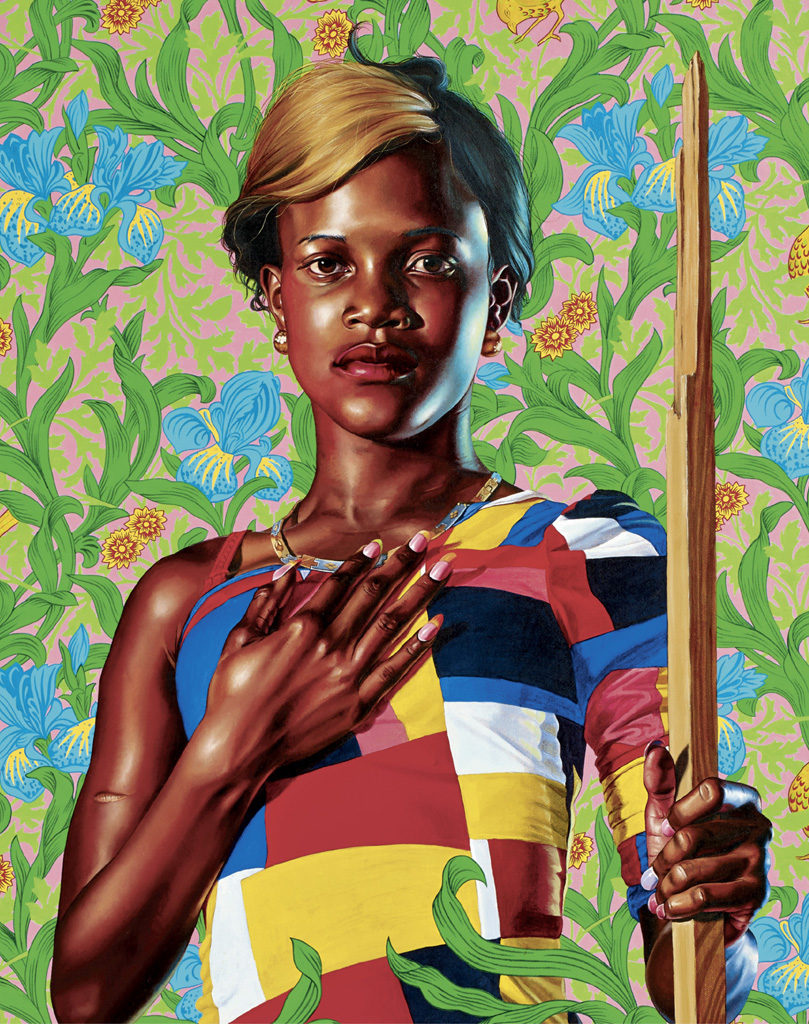ARNOLD L. LEHMAN
EUGENIE TSAI
EUGENIE TSAI
Kehinde Wiley:
The Artist and Interpretation
CONNIE H. CHOI
Texts by Lee Ambrozy, Elizabeth Armstrong, Richard Aste, Naomi Beckwith, Kirsten Pai Buick, Beth Citron, Sara Cochran, Jeffrey Deitch, LaTasha N. Nevada Diggs, Kevin D. Dumouchelle, Quincy Flowers, David J. Getsy, Lewis R. Gordon, Rujeko Hockley, Christine Y. Kim, Venus Lau, Thomas J. Lax, Catharina Manchanda, Kobena Mercer, Valerie J. Mercer, Tumelo Mosaka, Steven Nelson, Molly Nesbit, Tavia Nyongo, Annie Paul, Megha Ralapati, John B. Ravenal, Joanna Montoya Robotham, Franklin Sirmans, Claire Tancons, Tour, Murtaza Vali, Nicola Vassell, Rebecca Walker, and Deborah Willis
FIGURE 1. Go , 2003. Oil on panel; five panels, each: 48 120 2 in. (121.9 304.8 6.4 cm); overall: 240 120 in. (609.6 304.8 cm). Brooklyn Museum; Mary Smith Dorward Fund and Healy Purchase Fund B, 2003.90.1ae. Kehinde Wiley. (Photo: Brooklyn Museum)
Foreword
ELEVEN YEARS after Kehinde Wileys first-ever solo museum exhibition, Passing/Posing , opened here at the Brooklyn Museum in 2004, we are proud to present Kehinde Wiley: A New Republic , a celebration of this major American artist and of our institutions long-term commitment to him. An overview of Wileys prolific career from 2001 to the present, A New Republic features spectacular portraits of black menthe artists signature worksalong with exciting new developments: portraits of women, monumental sculpture, and paintings in stained glass. The exhibition allows us to regard the remarkable sweep of his multifaceted career.
Wileys work consistently reaches out to engage the Museums visitors. Three large male portraits and an illusionistic ceiling painting of break-dancers (), which holds pride of place in our lobby, inspires conversations about issues of self-representation, entitlement, power, and privilege so relevant to our lives in this era of cultural transformation.
With its many knowing references to the grand European tradition of painting, Wileys work affirms the significant role art from the past can play in forming a contemporary vision and, in turn, how that vision can illuminate older art. This play between past and present is particularly important at the Brooklyn Museum, where a distinguished historical, global collection provides a context for art of the here and now.
Brooklyn is now one of the worlds creative capitals. Kehinde Wiley: A New Republic is the most recent of our many exhibitions over the past years showcasing art created by the brightest and most talented based in the borough and now applauded worldwide, among them Swoon, Wangechi Mutu, Fred Tomaselli, Mickalene Thomas, Lorna Simpson, and the Bruce High Quality Foundation, along with the many artists in Open House: Working in Brooklyn (2004), Crossing Brooklyn: Art from Bushwick, Bed-Stuy, and Beyond (2014), and the series Raw/Cooked (201113).
I extend my gratitude to Eugenie Tsai for organizing this exhibition in collaboration with the artist, and to Lance Singletary for producing a spectacular installation design. I am also most grateful to Suzi and Andrew B. Cohen for their extremely generous long-term loan of Napoleon Leading the Army over the Alps , which reminds me and (I hope) all our visitors every day of the critical role that museums play in communicating the history of art. I would like to acknowledge Ellen Holtzman and the Henry Luce Foundation for their generous and steadfast support. Warm thanks to our great friend Sean Kelly of the Sean Kelly Gallery, New York, for his visionary support of Kehindes work, and to his gallery colleague, Janine Cirincione; as well as to Julie Roberts and Bennett Roberts of Roberts & Tilton, Los Angeles, and Meghan Clohessy of the Wiley Studio for their essential roles in bringing this exhibition to life.
We are truly grateful for the generosity of the funders who have made this exhibition possible, including the Henry Luce Foundation, the National Endowment for the Arts, and Grey Goose Vodka, with additional support provided by John and Amy Phelan, Sean Kelly Gallery, Stephen Friedman Gallery, and Roberts & Tilton.
Most of all, a major Brooklyn shout-out to Kehinde Wiley, whose talent and exuberance inspire us all.
We extend special gratitude to Elizabeth A. Sackler, Chair, and every member of our Board, whose confidence and active engagement make it possible to maintain the high level of exhibition and publication programming exemplified by Kehinde Wiley: A New Republic .
Arnold L. Lehman
Shelby White and Leon Levy Director
Brooklyn Museum
FIGURE 2. Saint Andrew , 2006. Oil on canvas, 96 84 in. (243.8 213.4 cm). Courtesy of Sean Kelly, New York; Galerie Daniel Templon, Paris; and Stephen Friedman Gallery, London. Kehinde Wiley
Preface and Acknowledgments
I HAVE enjoyed the privilege and pleasure of working on the exhibition and book Kehinde Wiley: A New Republic . Yet one of the great challenges in a project of this scope is the question of how to do justice to the subject, not only by representing a generous selection of work, but also by eliciting new ideas about the artist. After all, much has already been written about Kehinde Wiley and his art.
To provoke fresh insights, the format of this book departs somewhat from existing conventions of long-form scholarship and critical writing, presenting instead a series of short commentaries, each devoted to an individual work or series of works, and commissioned from thirty-five invited individuals. Because Wileys paintings make reference to sources from both art history and contemporary popular culture, the writers we invited are not only art historians and critics but also poets, fiction writers, and cultural commentators. The chronological arrangement of the plates allows Wileys career to gradually unfold, accompanied by the multiple responses of our nearly three dozen writers.
To prepare the reader for the collage-like juxtaposition of these varied voices and approaches, we have also produced a brief history of interpretations of the artists work, retracing the thematic strands that have emerged in the discourse on Wiley to date and outlining the context in which our commentators add their new insights. Against that background, the plate section commentaries offer a snapshot in time of how so many different people are thinking about Wiley at this moment in his career.

Kehinde Wiley: A New Republic is the result of the collaboration of many individuals within and outside the Museum. I would like to thank Arnold Lehman, the Shelby White and Leon Levy Director of the Brooklyn Museum, for giving me the opportunity to work on this important exhibition. I extend my deepest appreciation to Rujeko Hockley, Assistant Curator, Contemporary Art, and Adrianne Koteen, Research Assistant, Contemporary Art, for their dedication and diligence in preparing the materials for this volume and exhibition, as well as to Marguerite Vigliante, Department Coordinator. I am grateful to Deana West, Registrar for Exhibitions and International Loans, for managing the many details of the incoming loans; to Alice Cork, Picture Researcher, Digital Collections and Services, for tracking down the needed photographs and related caption information; and to Brian Pinkley, registrar at the Wiley studio, for active support and help. A very special thank-you to Connie Choi, and to the other catalogue contributors, who graciously agreed to participate and produced compelling pieces under a short deadline. I am grateful as well to Larissa Harris, Curator at the Queens Museum, for generously sharing portions of her research on Andy Warhols series 13 Most Wanted Men . And, of course, we are greatly indebted to the lenders of the artworks, who made this exhibition possible by agreeing to part with their treasured works for an extended period of time.



